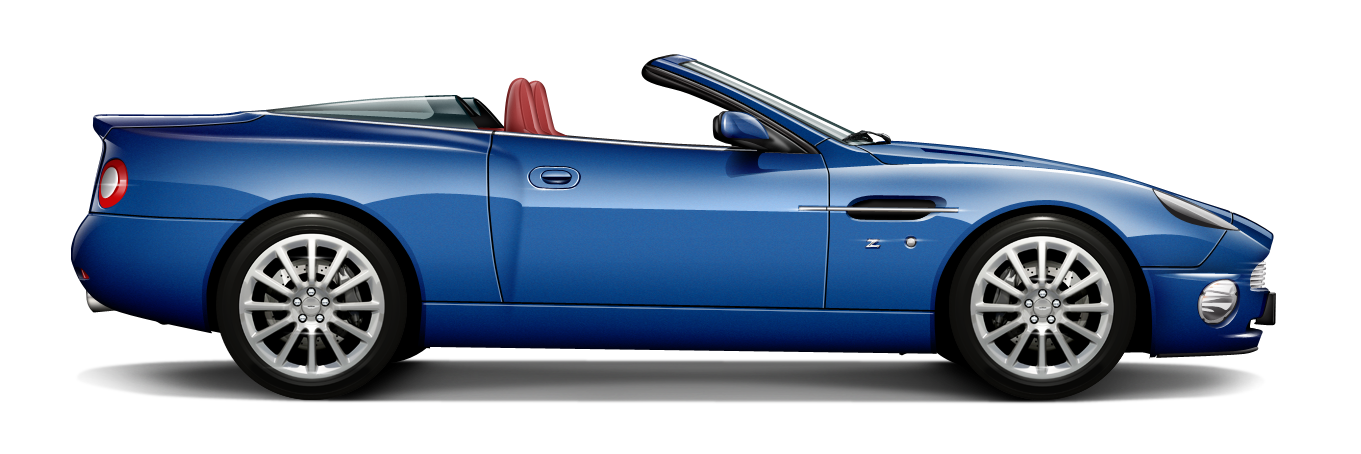
STORY
With the backing of Aston Martin, Zagato produced a roadster version of the Vanquish in September 2003 to ‘provoke interest’ in an Italian-styled Vanquish. It was designed in cooperation between Zagato’s Automotive Chief Designer, Nori Harada and Aston Martin’s Design Manager, Peter Huchinson.
The Vanquish Roadster made its debut on the Zagato stand at the Geneva Motor Show in March 2004. It certainly provoked interest: around 100 requests fort he roadster were received at the show even through it wasn’t promoted as a production car. Despite customer demand, no further examples were made.
The roadater, while being largely based on the production coupe, includes some notable new design features. The Zagato model introduced a clever three-way modular roof system; a hard top for winter that virtually converted the roadster into a coupe, ‘double-buble’ thermal glas (the show car used Plexiglas) for warm weather and a soft cover, which when not in use, could be stowed away.
Due to the use of glass at the rear, there was no room fort he optional rear seats offered wifh the Vanquish. In their place was a luggage compartment. Because of the Vanquish’s rigid platform, no additional strength-related structural engineering was said to be needed, so weight remained the same as the coupe.
For the first time Zagato did not design an entirely new look for the donor Aston Martin, but produced a variation offering some Italian flair. The metallic blue body remained much the same as the coupe, except at the rear, where a new round light cluster was employed in the higher and wider tapered tail and rear bumper. The inside of the car remained very much the same although the Zagato model featured a striking red interior with anodised metal surfaces.
Source & copyright note: from the book ‘Power, Beauty and Soul’ written by the author David Downsey (obtained with permission). None of the text above may be used without the prior written permission of the rightful author, including copying, duplicating, printing, publishing (even on a website), reproducing, storing, or transmitting by any means what so ever.




